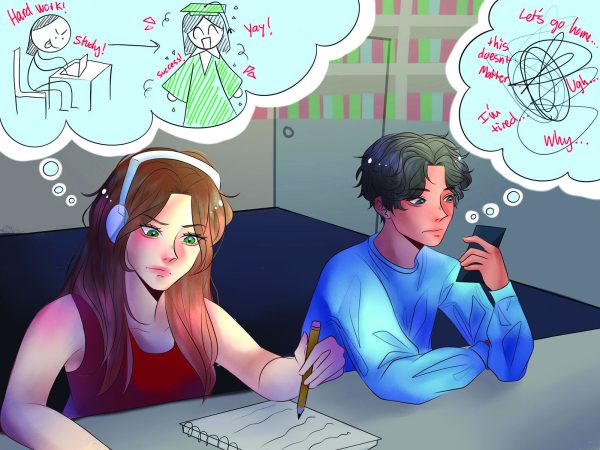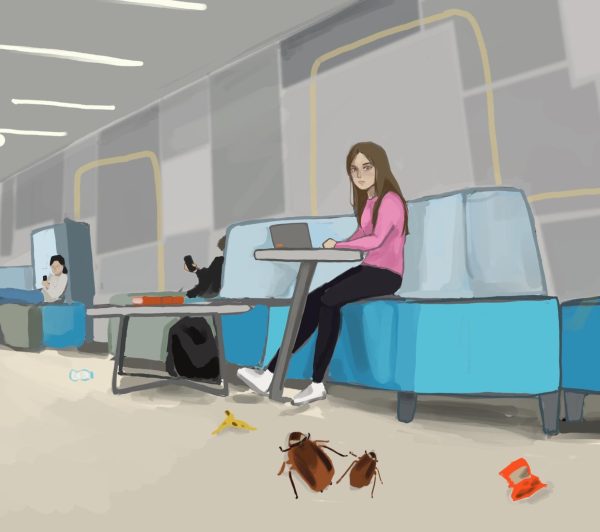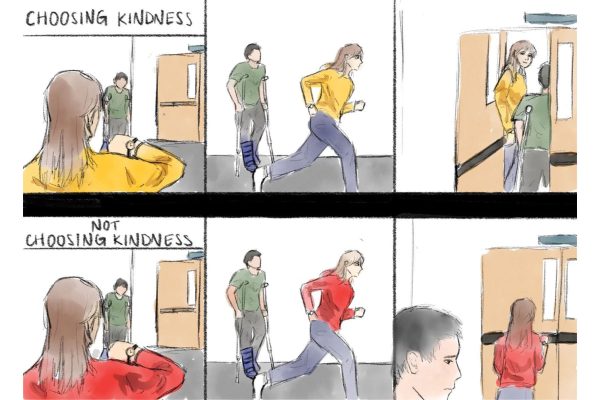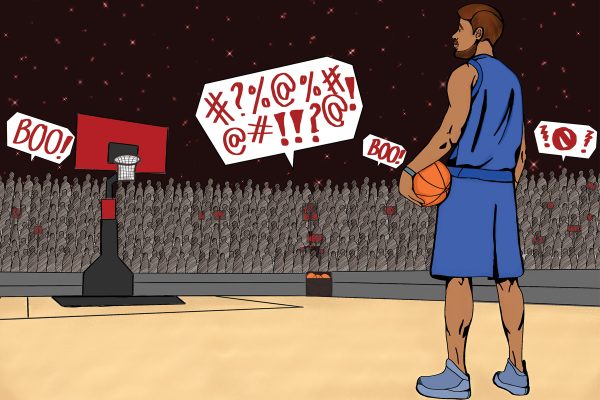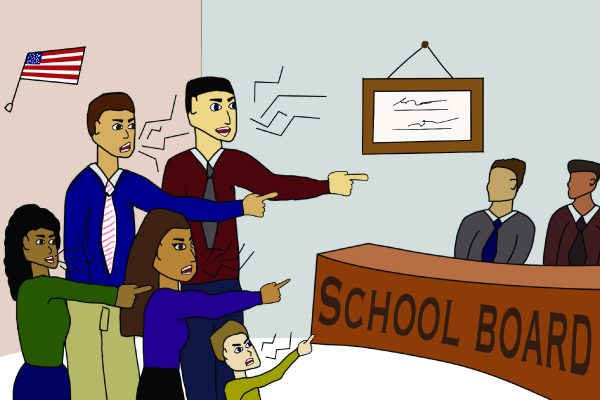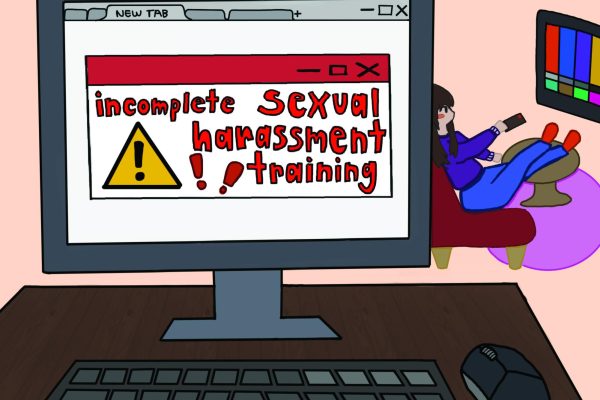The third time’s the charm
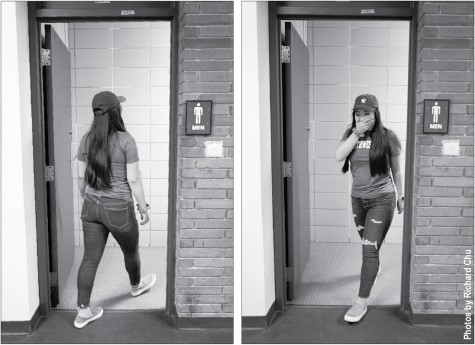
On the third day of my freshman year, I walked in on someone peeing. In the men’s bathroom.
I had yet to find my way around school, and I probably should have read the sign outside that would have prevented this debacle. But I was in a desperate rush — a result of being too scared to ask the teacher to leave the classroom. So trivial things like which assigned gender appeared on the door didn’t matter because all I saw was a glorious bathroom.
To my relief — and maybe yours too — the dude had his back turned and never saw me. I realized quickly enough to sprint out of there, but the memory of those five seconds resurfaces from the depths of my mind almost every time I pass a men’s bathroom.
You might be thinking to yourself, Big deal. Harmless mistake. Stop being so dramatic.
Except this wasn’t the first time.
In fourth grade while waiting for my turn on picture day, the urge to pee struck. Walking in, seeing urinals and then figuring out that girls bathrooms indeed don’t have such fixtures was not an experience I hoped to live through twice. But I did.
Even though the inferno of shame that engulfed my face back then was not enough to prevent the same mistake from happening twice, I can gladly assure you that I have had the pride and pleasure of gracing a grand total of zero additional men’s bathrooms to this day.
Just like in school, friendships and other aspects of my life, my least favorite way of learning lessons is through making mistakes. But this method almost 100 percent guarantees improvement and change in my actions.
Like every photo angle, writing strategy, story idea or page layout Torch tries, we learn from what works and what does not work. If something “works,” then we delve deeper into it. We attempt to make that facet even better. If something doesn’t work, then we have a basis to attempt at executing the idea again, hopefully doing it correctly the second time. The first mistake sets a precedent for us to calculate our previous miscalculation by showing us what doesn’t work and why it doesn’t work properly.
Mistakes may stem from taking a risk or from absent-minded carelessness, but whether these errors end in reward or not depends on what we take upon ourselves to do afterward. The learning experiences that emerge from these uncertainties amount to valuable lessons.
Yes, my mind may be swarming with past mistakes I wish I handled differently, but living with these memories helps make current and future decisions more well thought out. Each lesson is one I’m grateful to have learned the hard way earlier rather than later, because I know I’ll be walking into more than one metaphorical men’s bathroom in college and beyond.
After all, making a mistake is only a mistake the first time you do it. Doing it twice isn’t a mistake anymore, it’s a lesson hopefully learned.


